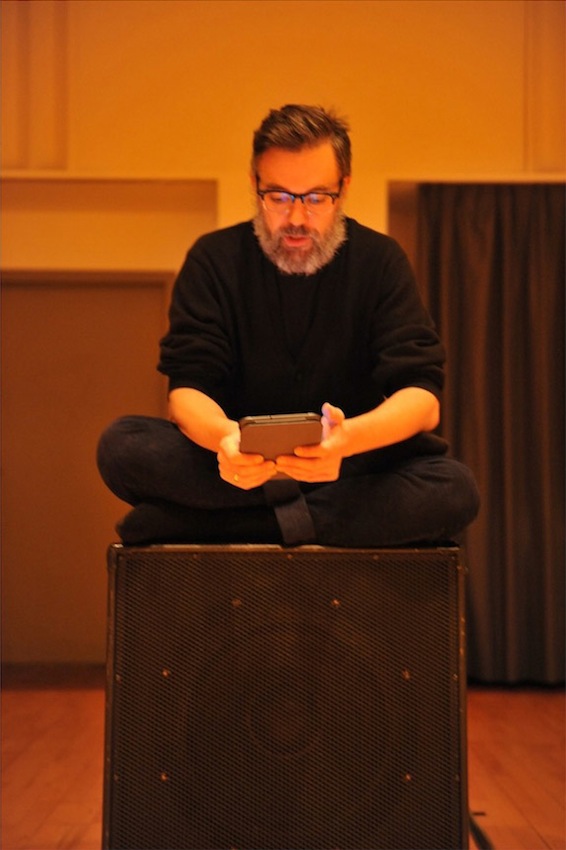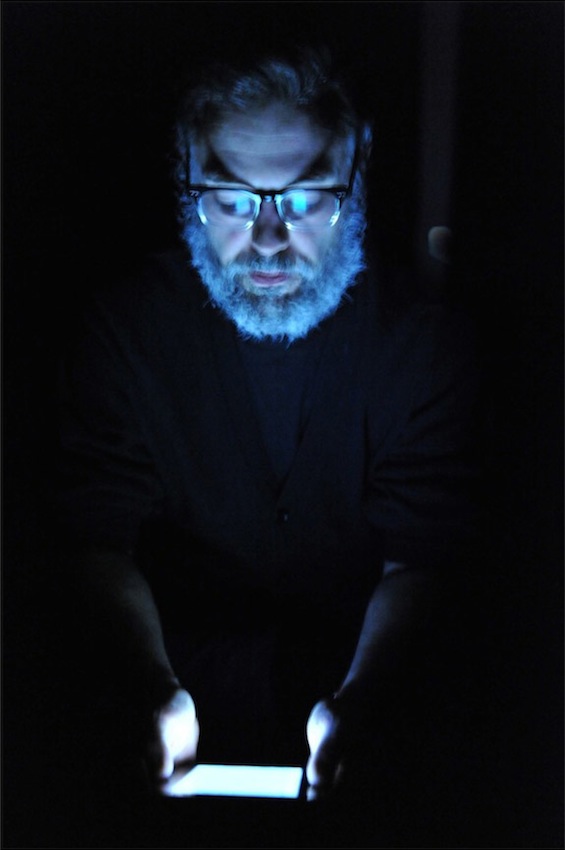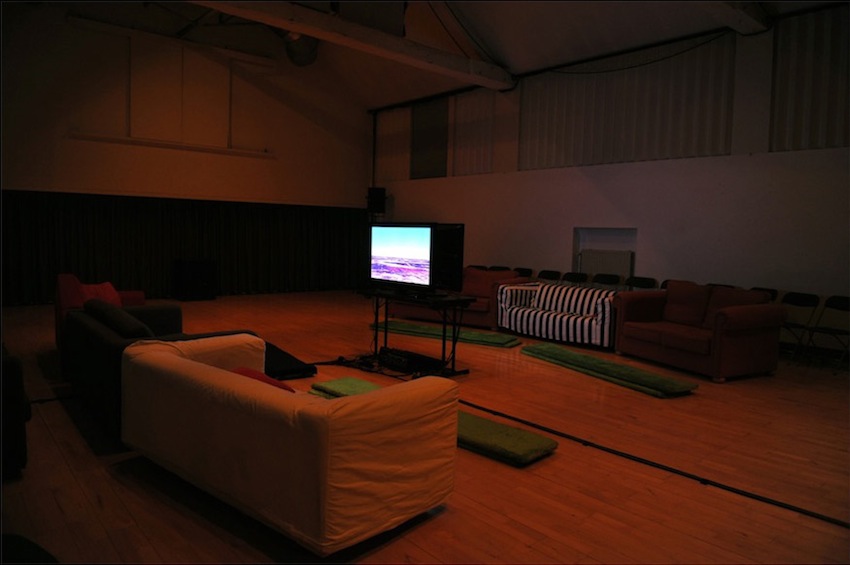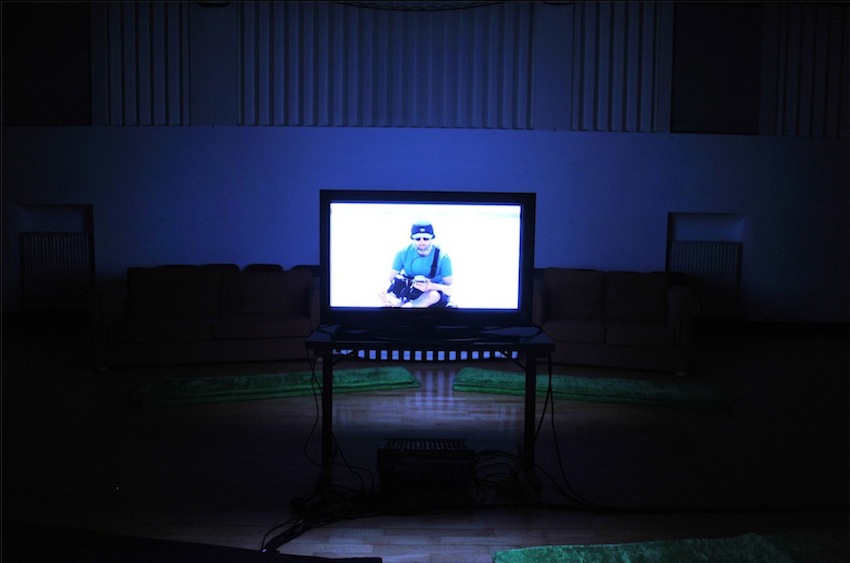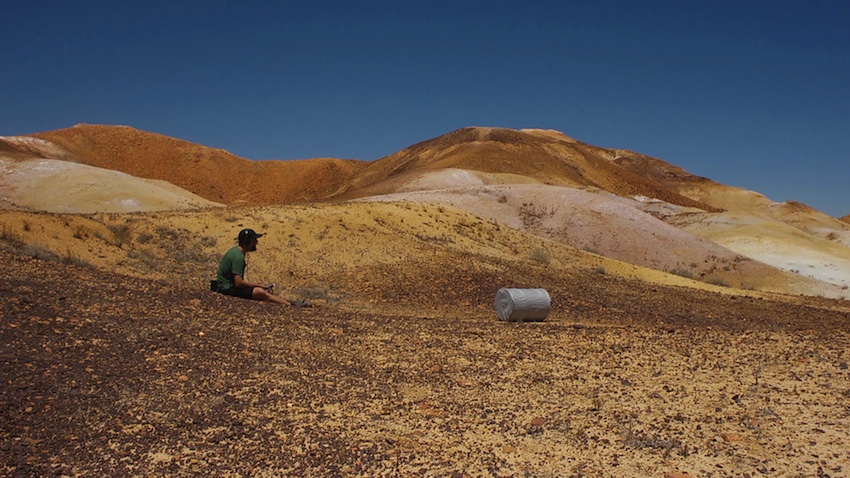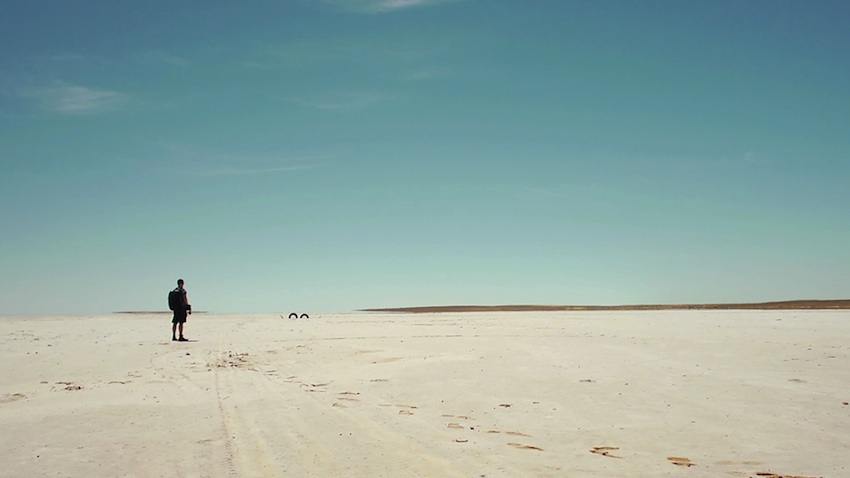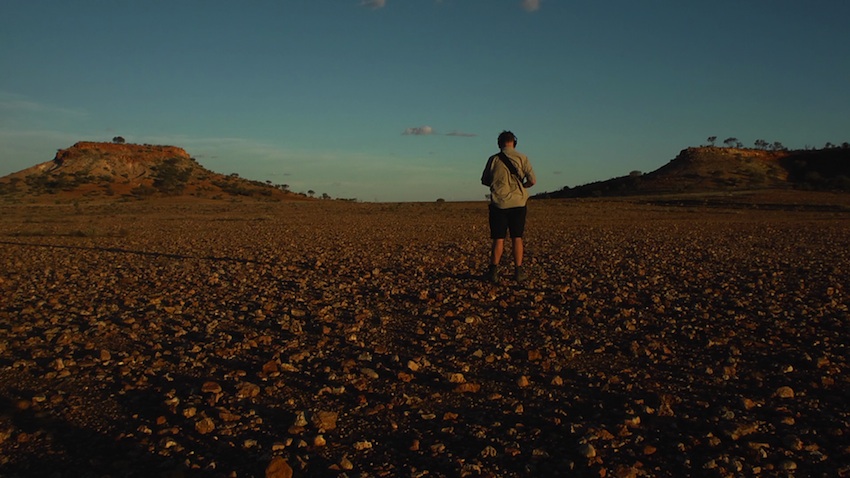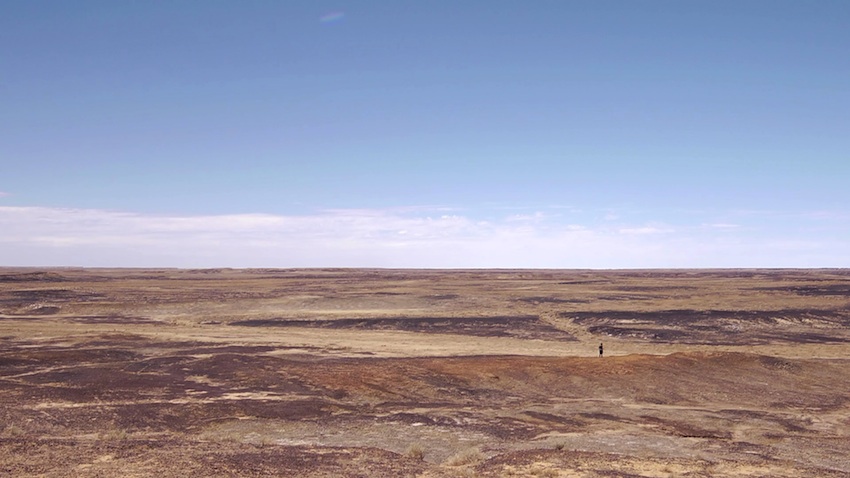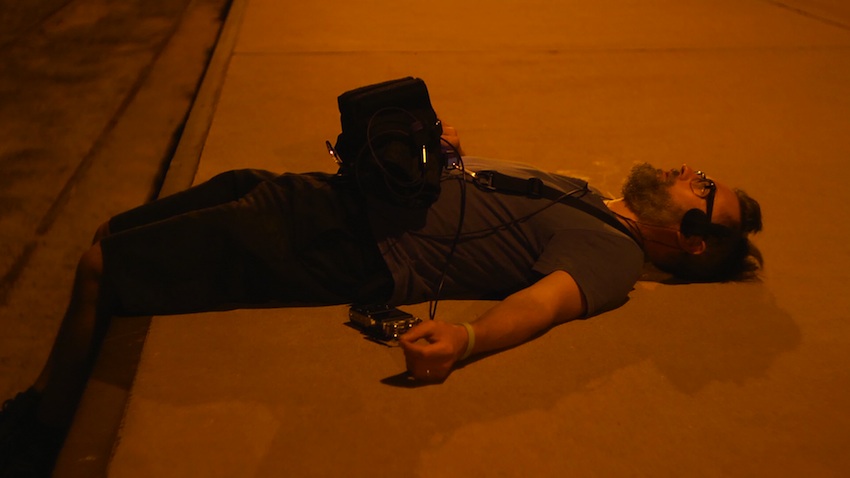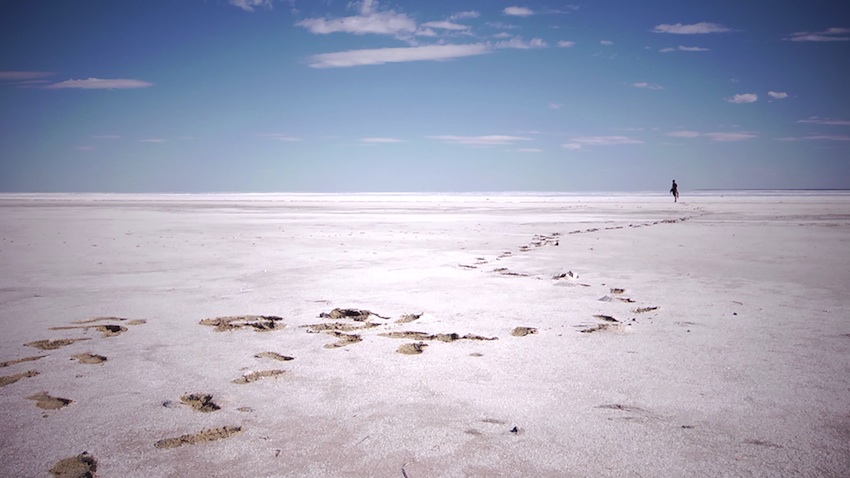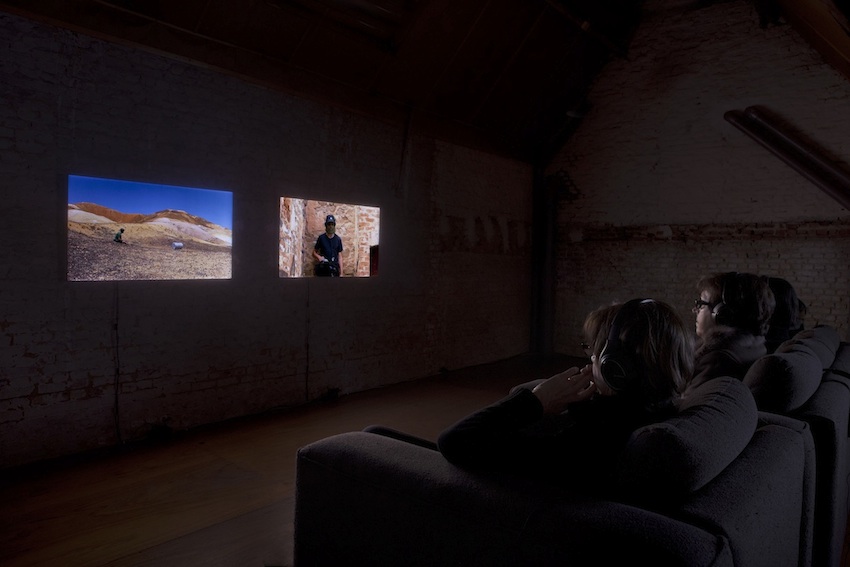|
CLAIMING THE QUIET (Excerpt. Full interview here)
An interview with Peter Lenaerts by Marnix Rummens
(...)
QUIES came about in a sabbatical year, during which I decided to go to Australia. From day one I was overwhelmed by that continent’s completely different sound world. It is a country filled with auditory extremes. In Sydney you are part of a raging dynamic amidst skyscrapers and all kinds of traffic. At the same time you are just 20 minutes away from the ocean, where you can experience a roughness of nature we no longer know in Europe. I wanted to go deeper into these contrasts so I decided to drive into the desert, towards Broken Hill, about 1500 km west of Sydney. The arid, searing, and endless plain with its exceptional quietness was a different extreme. I had never heard something like that before. It was astonishing: a natural environment where there is no sound whatsoever. When I was offered a residency in Critical Path, a small workspace in Sydney, I decided to go back to the desert, but this time completely on my own and for a longer period of time.
What does this kind of experience do to you?
You are confronted with yourself in these places. Silence is often seen as something soothing, but it is also frightening. It feels unnatural, especially for modern man. We constantly produce sound. In the desert there is no auditory or visual distraction. It is 40 degrees, day in day out. There is no one to talk to. You are hundreds of kilometres away from the nearest village or gas station. There is nothing romantic or idyllic about such an environment. After three days I was suffering from desert madness. You realise that the quietness you hear means that there is really nobody or nothing out there. And for a needy creature like man this confrontation feels dangerous. But it also teaches you a lot about yourself.
Why were you, as a sound artist, intrigued by this kind of silence?
It’s the paradox that intrigued me, because absolute silence does not exist. And even if it would exist, you would not be able to record it. And even if you were able to record it, how would you replay it? I went to places where you couldn’t hear a single sound. It was like being in a vacuum. At the same time something strange happens within this silence. As if there are different layers and you discover a new sound that was always there, but you just never heard before. You also start hearing yourself: the streaming of your blood, the sound of your stomach, a far, low drone or a very high sizzling sound. And then you experience how much silence depends on your own frame of reference. It is by looking for these extreme situations that you learn how to listen.
Your research is more about listening than it is about silence?
Exactly. Looking for silence was never the goal. For me it is more about the sound of the world around me, and the experiences it evokes. About developing awareness for it. We live in a world that is dominated by the visual. We are barely conscious of our own auditory perception. For me it is not about the sound of nature, but about the experience you can have in these circumstances. That is why I always chose to carry the microphone myself, on my head or in my hand, rather than leaving behind small microphones in the landscape. And that is what turns it into performance. You don’t just push your own boundaries, but you also have to behave in a certain way when making these recordings.
Is there a big difference between experiencing silence and recording it?
Absolutely. In that sense, QUIES is mostly an absurd battle between man, technology and nature. There you are in a hot, seemingly infinite environment where you try to capture silence, while the wind constantly produces noise in the microphone. Even the most sophisticated technology cannot filter it out. Our ears are much better equipped. It seems absurd that the medium with which you experience the world also determines it significantly. We are incredibly good at focusing, listening selectively, and making abstractions. I am interested in the forces that guide our senses and our media: the fact that we can shift the frames of perception, but also that we are totally unaware of it.
(...)
How did you get to work with the recordings for QUIES?
QUIES will have a number of different outcomes. I released the first recordings from the desert as an album, Stills and postcards from the centre. Ezra Eeman made an experimental documentary about my quest in the desert. It starts from the visual vastness of the landscape and then focuses on the absurd impossibility of recording silence. Ezra and me are also investigating how we can use the all the recorded material in different ways, for example in a performative or installation context. This provides us with lots of other possibilities, because we can determine the length and focus of the experience much more than in a film screening, where people can walk in and out. I’m interested in the CD format mainly as a curiosity. I do not expect people to listen to it in its entirety, just like that is not the case with the work of for example Morton Feldman either. I do find it powerful in a utopian way. The sound of these recordings evokes a vastness that triggers your imagination, and appeals to your inner experience. Listening to something that is barely audible can evoke a huge space.
Does this flirting with the limit of silence have a permanent effect on your experience? Yes, absolutely. I look and listen differently because of this experience. My focus is more directed. I can shut things out more easily. There’s a new threshold that has broadened my experience. I tend to spare my ears now because everything sounds more intensely. It completely broadens your understanding of the impact of sound on our senses. And it’s that I hope to pass on to the audience, the notion that every attempt at capturing reality is biased and that no zero degree is ever final or objective. Every experience of reality is subjective, and dependant on your measuring tools. And of course you also need this exchange with an audience in order to grow and evolve.
Interview done on Friday the 16th of November 2012 on the occasion of the presentation of QUIES at Working Title Platform #05 |

